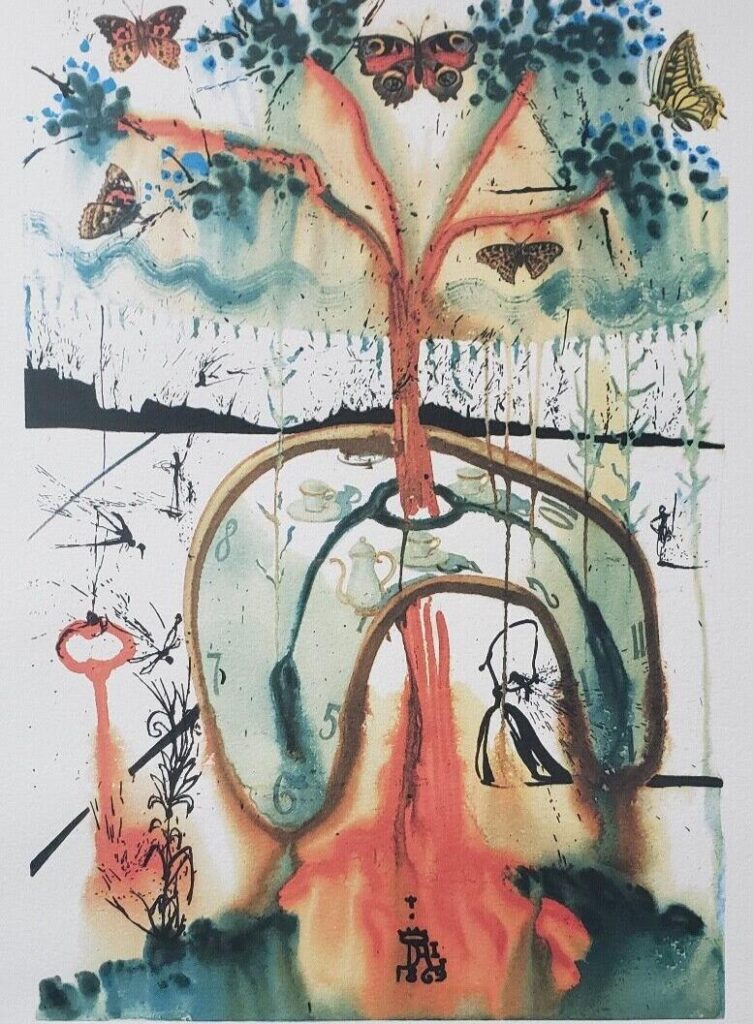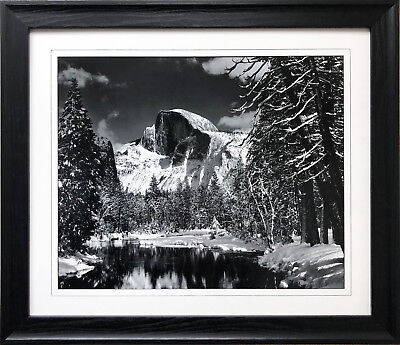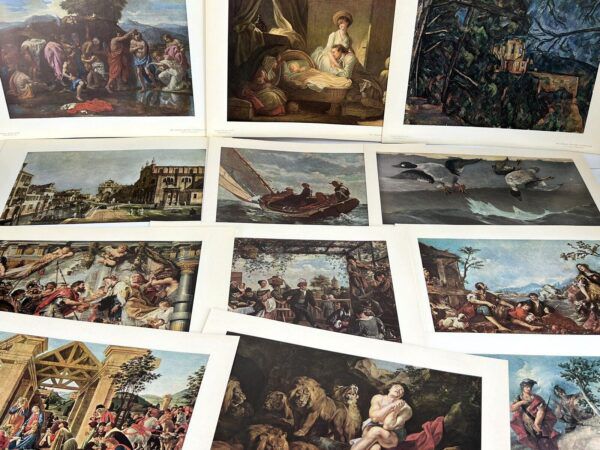#Renaissance #Art #Admirers #WorthPoint
The farmhouse trend of the past decade dictated a certain aesthetic that allowed for wall décor that was less than artistic and more a declaration of personality. Cutesy signs with script-written words like “home,” “family,” or “fresh milk” made up the art collection of the standard, modern home. Centuries of art collectors painstakingly seeking favorite artists for their walls became a historical practice. New home decorators were happy to pop into Target or Hobby Lobby for their expressive wall embellishments, foregoing original paintings or lithographs. However, true art aficionados never stopped collecting, and now an awakening of sorts is happening. A new breed of admirers is beginning to snatch up original oil paintings, sketches, and plein-air watercolors.
This younger generation is using art in a different manner—getting excited over a floral bouquet still-life or dark landscape of a faraway place. Gone are the days of hanging an original, signed hunting scene over a fireplace hearth and spotlighting it to create a focal point. Gone are the days of knowing a piece’s provenance or sharing the artist’s accomplishments as part of why their art should be revered (or pricey). Recent buyers scouring homes at estate sales are now stacking original paintings and purchasing them several at a time. As part of the maximalist approach to décor, they are layering the framed artworks to create a unique wall layout of choreographed chaos.
Developing a Collector’s Mindset
Not everyone immerses themselves in art history from an early age, reading about the masters from Michelangelo, Raphael, and Rembrandt to Picasso, Warhol, and Dalí. That’s okay. The customer’s naïveté does not diminish their interest in purchasing original works. As buyers peruse art at my estate sales, they get a quick TED Talk on periods and styles, the meaning of surrealism, better-known impressionists, etc. Starter art for any novice collector should be something that speaks to them emotionally. I try to steer buyers to signed original oils on canvas. Even if it’s an unknown artist, the purchase is a step up from any cookie-cutter, made-for-a-big-box-store wall décor.
The second level of enlightening buyers becomes getting them to invest in the slightly higher-priced lithographs that occasionally pop up from masters. I encourage them to quickly google their library of works and realize what an opportunity it is to acquire a remnant of the artist’s work.

Art Pricing Is Also Subjective
Educating new art collectors on the merits of investing in original or second-level lithographic reproductions has become a passion project. A twenty-something will surface from a bedroom decorated in 1950 with an oceanscape signed by an early California artist. It becomes my mission to inform them of their new acquisition’s value.
Even the over-fifty crowd has much to learn about art. When recently questioned at length on the high price of a poster depicting flowers, I had to reel it in and calmly explain the value of a vintage Georgia O’Keeffe gallery exhibition poster—to which I received the question, “Who is Georgia O’Keeffe?” These questions come often. Who is Joan Miró? What is this squiggle under this Don Quixote sketch? And even, why is this black-and-white picture of Yosemite so much? These are all common questions throughout a sale. I keep my cell phone on hand to quickly bring up auction records of profoundly expensive examples that have made them known artists. WorthPoint® has been a pivotal tool when convincing buyers to invest. Showing them proof suddenly solidifies the value in their eyes.

Sharing a bit of knowledge with buyers has led to enthralled learners who come back weekly with fresh eyes, looking for new pieces to treasure. Serene landscapes are becoming big sellers. Large paintings that were hard to unload are fervently sought after. Even as transportation home may pose a challenge, the buyer always finds a way. In this instance, buying at an estate sale or in-person auction is truly the only way. Crating a huge frame to ship it would be outrageous. Curiously, there seems to be a huge desire for huge art.
A Threat to the Future of Fine Art
A renewed interest in art is at least creating curiosity for learning about the great masters and artistic movements, where there was once indifference. Hopefully, it also encourages an appreciation for texture and the use of light and shadows on a tangible surface. With new technologies on the horizon, such as non-fungible tokens (NFTs) and artificial intelligence (AI)-generated art, it is imperative that some awaken to the task of preserving the history of art conservation. NFTs are digital copies of art that the owner may hold as an investment, but the actual tangible piece is simply a printout. The same could be said for an artificially generated artwork that will follow perimeters set by its creator, only to result in a digital download that can come to life through the simple click of a print button.
Both examples of creative expression do not exhibit the sacrifice of an artist pouring their soul into their works with each brush stroke or flick of the pencil. While there is room for all kinds of artistic endeavors, these forms will exist as flat, nondimensional colors on paper or on screen.
The prices realized for original canvas or paper art now are a bit disheartening compared to pricing in the past. At least there is hope that these treasured creative expressions have a future and will continue to be cherished. Even if pricing diminishes further due to less interest, the rule of scarcity will always make fine art a wise investment.
Christine Douglas is an Accredited Estate Liquidator with the American Society of Estate Liquidators and a Graduate of the Asheford Institute of Antiques. In conjunction with owning J and C Estate Sales based in the San Francisco Bay Area, she is a 2022 Communicator Awards winner for her work as Associate Editor of 110° Magazine in Brentwood, CA.
WorthPoint—Discover. Value. Preserve.




